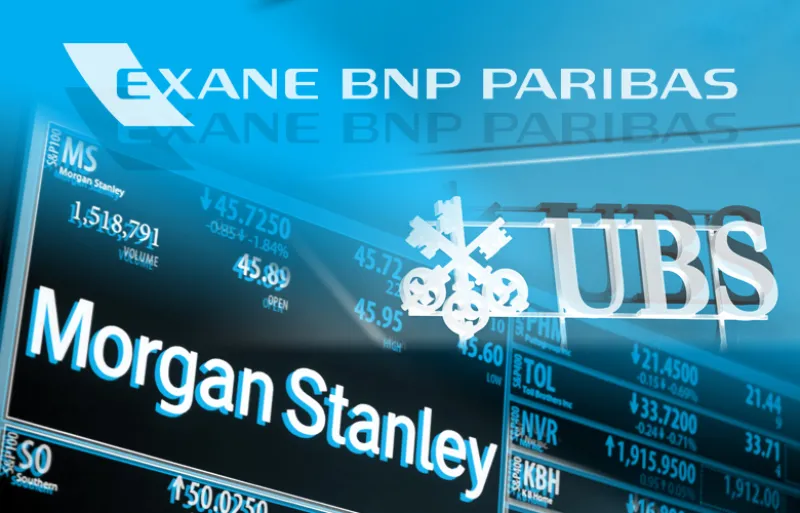Six months in, it’s still too soon to measure the lasting effects of the Markets in Financial Instruments Directive II, the European regulation that’s disrupting the sell-side. But the winners and losers of MiFID II are starting to emerge, according to the latest Extel survey.
Extel’s 45th annual ranking of European brokers, their buy-side clients, and corporate professionals reveals a shift in how money managers approach brokerage services such as trading execution and investment research. The survey results indicate, for instance, that buy-side participants have already reduced the total number of brokers they employ, according to David Enticknap, the head of Extel, a Europe-focused research firm acquired by II’s parent Euromoney Institutional Investor in March.
“If you’re a large firm, you’re cutting down on your research providers,” Enticknap said. “We can see that trend starting, though I don’t think it will accelerate until the end of the year. We’re just looking at the tip of the iceberg.”
While bulge-bracket banks such as UBS Group — which ranked first in execution services — remained “entrenched” with the largest money management firms, Enticknap said smaller buy-side firms are beginning to choose multi-local and regional brokers over “niche” and single-country banks.
“What the smaller firms are saying is, ‘We don't want 20 broker relationships, we only want 10,’” he added. “So they’re not going to have a broker in Spain and a broker in Germany and a broker in Belgium — they want a broker that can provide a one-stop shop across Europe.”
That’s not to say money managers are sacrificing quality for a smaller quantity: Enticknap said the preference for regional banks indicates continued demand among the buy-side for the “local feel.”
Such inclinations are evident in Extel's 2018 sell-side rankings, which are dominated by European broker Exane BNP Paribas. The firm repeated its victory as the best overall broker, while maintaining its first-place positions in overall research, equity research, and equity sales. In overall sales, Exane slipped to second; the broker also ranked second for corporate access.
Although most of the other top brokers were bulge bracket banks, another European firm, Kepler Cheuvreux, saw its rankings improve across categories. The multi-local broker climbed to fifth place in the overall broker ranking, while also moving up a rung in overall research, equity research, and execution. In the overall sales category, Kepler Cheuvreux toppled Exane as the top firm. The Paris-based broker also held onto its first-place position in corporate access.
[II Deep Dive: After Years of Talk, MiFID II Is Live. Here’s How It’s Already Changing the Research Business.]
Another trend which emerged in the Extel survey is a preference for sector-based and fundamental stock research over broader macro coverage. In the wake of MiFID II, which has introduced á la carte pricing to the research industry, Enticknap said money managers have already become more discerning about which analysts they will meet with — and the evidence so far indicates they would rather spend their shrinking research budgets on stock research.
“They’ve got their own in-house guys, they’ve got their independent research guys who they pay using a subscription model,” Enticknap said. “Why pay a bulge bracket house for macro research that's not necessarily going to be independent?”
Although Enticknap said it’s too early to know how much research budgets will shrink as a result of the European regulation, he said the “general consensus” is a reduction of about 35 percent to 40 percent. So far, these projected reductions in revenue have not impacted analyst headcount at sell-side firms, as measured by the Extel survey. Here too, though, Enticknap said it’s simply too early for the effects of MiFID II to have taken place.
“There’s a huge lag in the industry,” he said. “Buy-side firms are telling their brokers now that their budgets are going to be down year-on-year, but I don’t think we’ll see the results of that until next year.”
Extel’s 2018 survey included votes from 11,333 individuals at 4,022 firms across the buy-side, sell-side, and corporate community. Among the buy-side, 7,721 investment professionals at 2,682 firms responded. Respondent firms included traditional asset managers, hedge funds, sovereign wealth funds, and pensions.







